Minutes of BoJ’s meeting on March 9 and 10 show a continued commitment to monetary easing, with the aim of achieving price stability in a sustainable and stable manner, accompanied by wage increases. Neverthelesse, a few members noted emerging “positive signs” toward reaching the price stability target, indicating a changing price environment.
With respect to yield curve control, some members emphasized the need to examine the effects of various implemented measures aimed at improving market functioning. They acknowledged that JGB yield curve appeared smoother than before. One member explained that if observed CPI inflation declined and market projections of interest rates calmed down, distortions in the yield curve would likely be corrected.
In terms of the 2% price stability target, several members underscored the importance of maintaining its commitment. One member added that the central bank should anchor inflation expectations to 2% by committing to achieve the target.
Meanwhile, another member expressed concern that discussing the target might lead to “unnecessary speculation” on monetary policy conduct, especially given the growing possibility of achieving the price stability target. This member also argued against revising the joint statement of the government and BoJ.




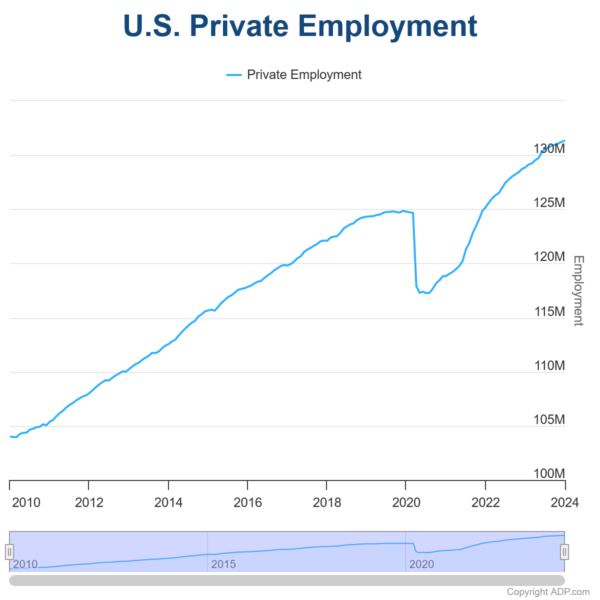
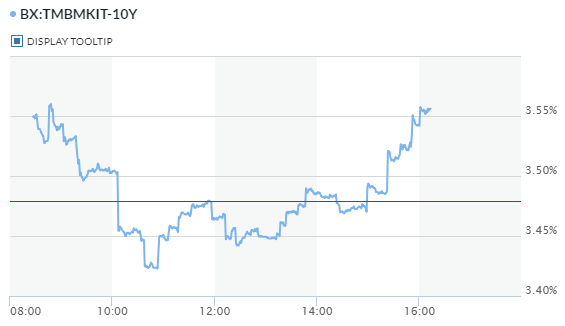
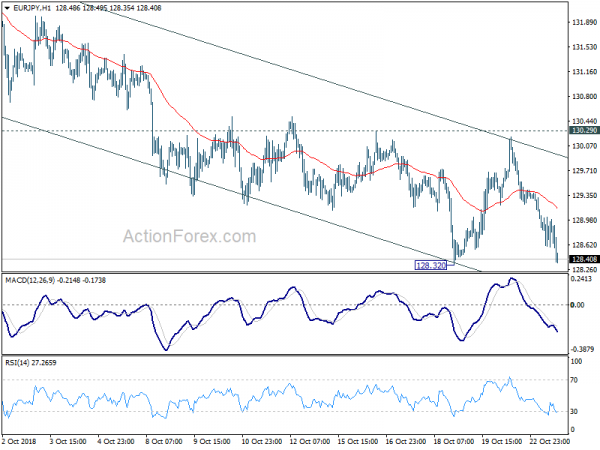
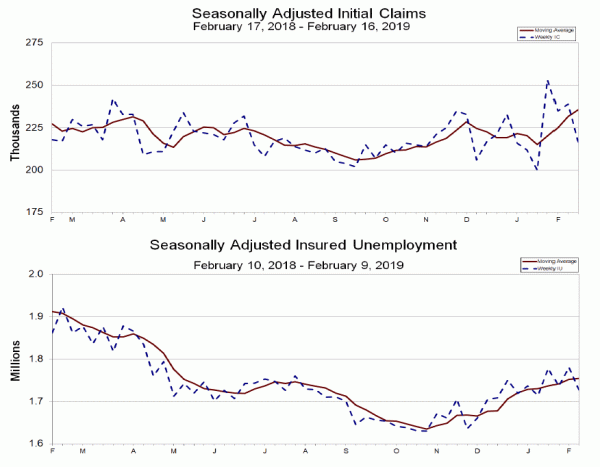
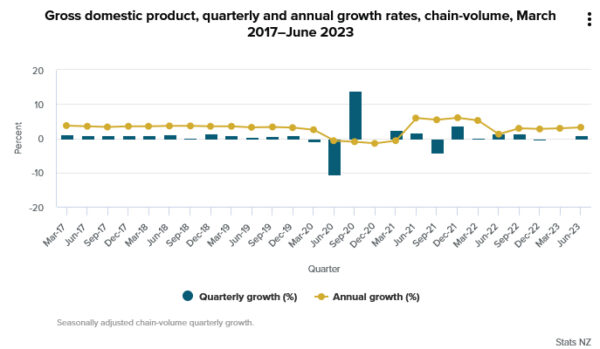
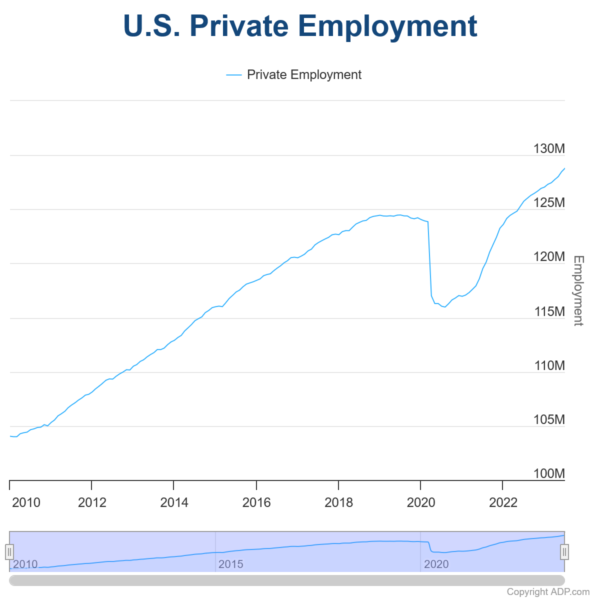
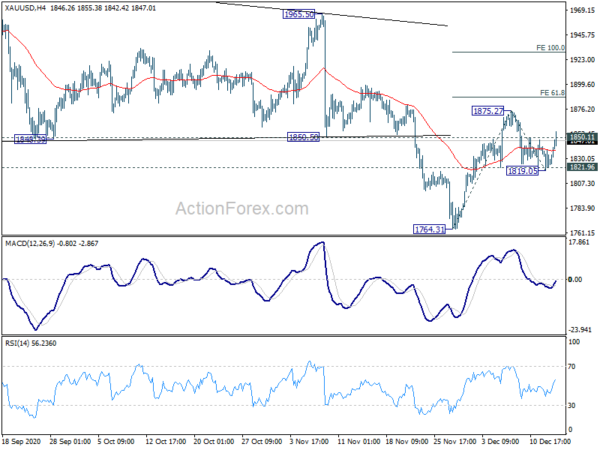
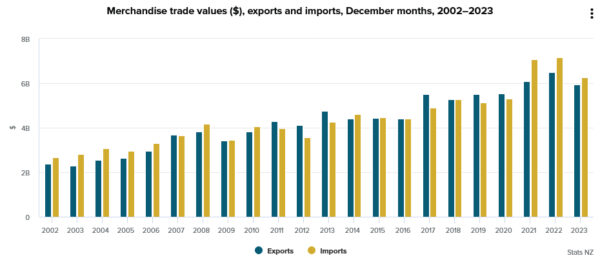
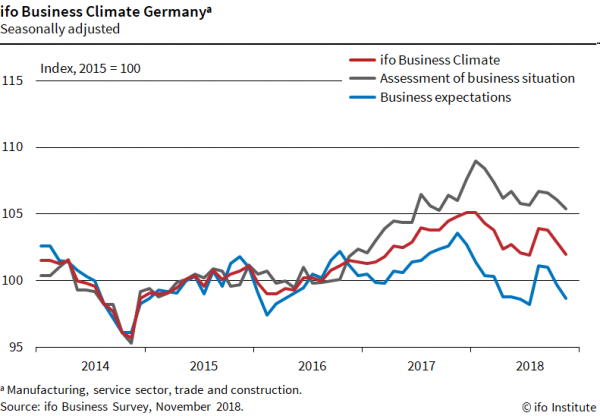
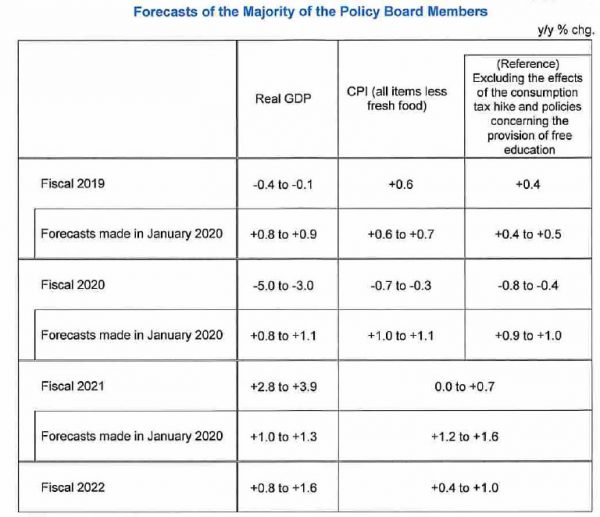
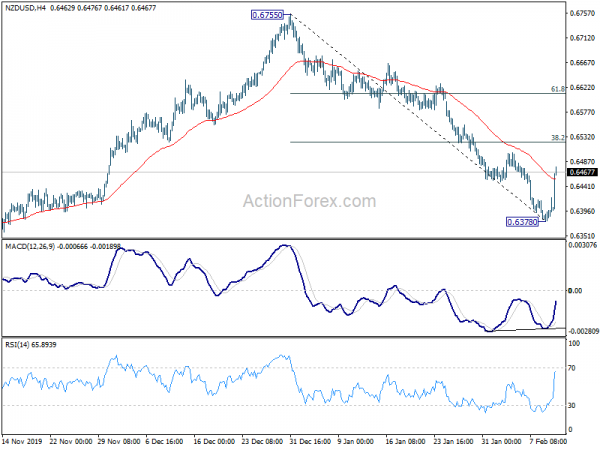
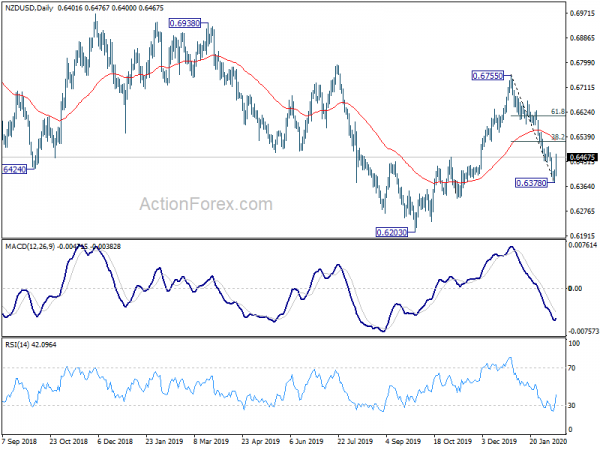
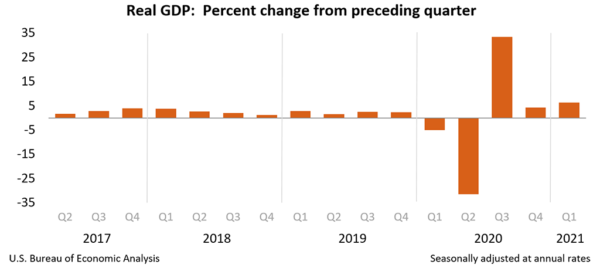

ECB de Cos: We plan to continue increasing interest rates significantly in the next meetings
ECB Governing Council member Pablo Hernandez De Cos said yesterday, “we plan to continue increasing interest rates significantly in the next meetings.” Also, tightening will continue “until reaching sufficiently restrictive levels to ensure that the inflation returns to the 2% target over the medium term.”
“Keeping interest rates at tight levels will reduce inflation by dampening demand and will also protect against the risk of a persistent upward shift in inflation expectations”, he explained.
De Cos also noted that Since last meeting, markets have raised the expected terminal rate by 30bps to 3.4%. However, market rates incorporated a positive premium, and “the market’s genuine expectation of what the maximum level of the deposit facility rate would be is somewhat below that figure.”